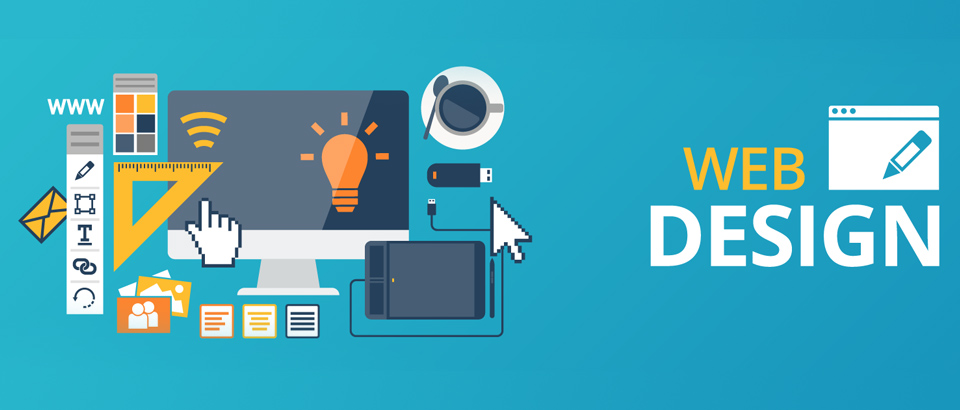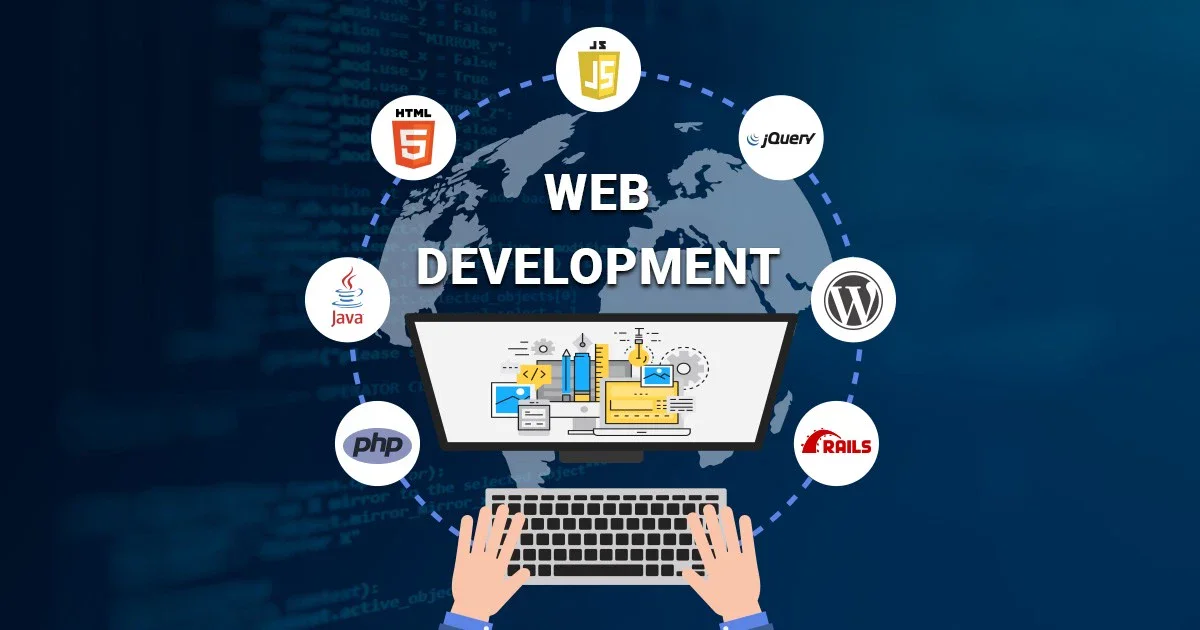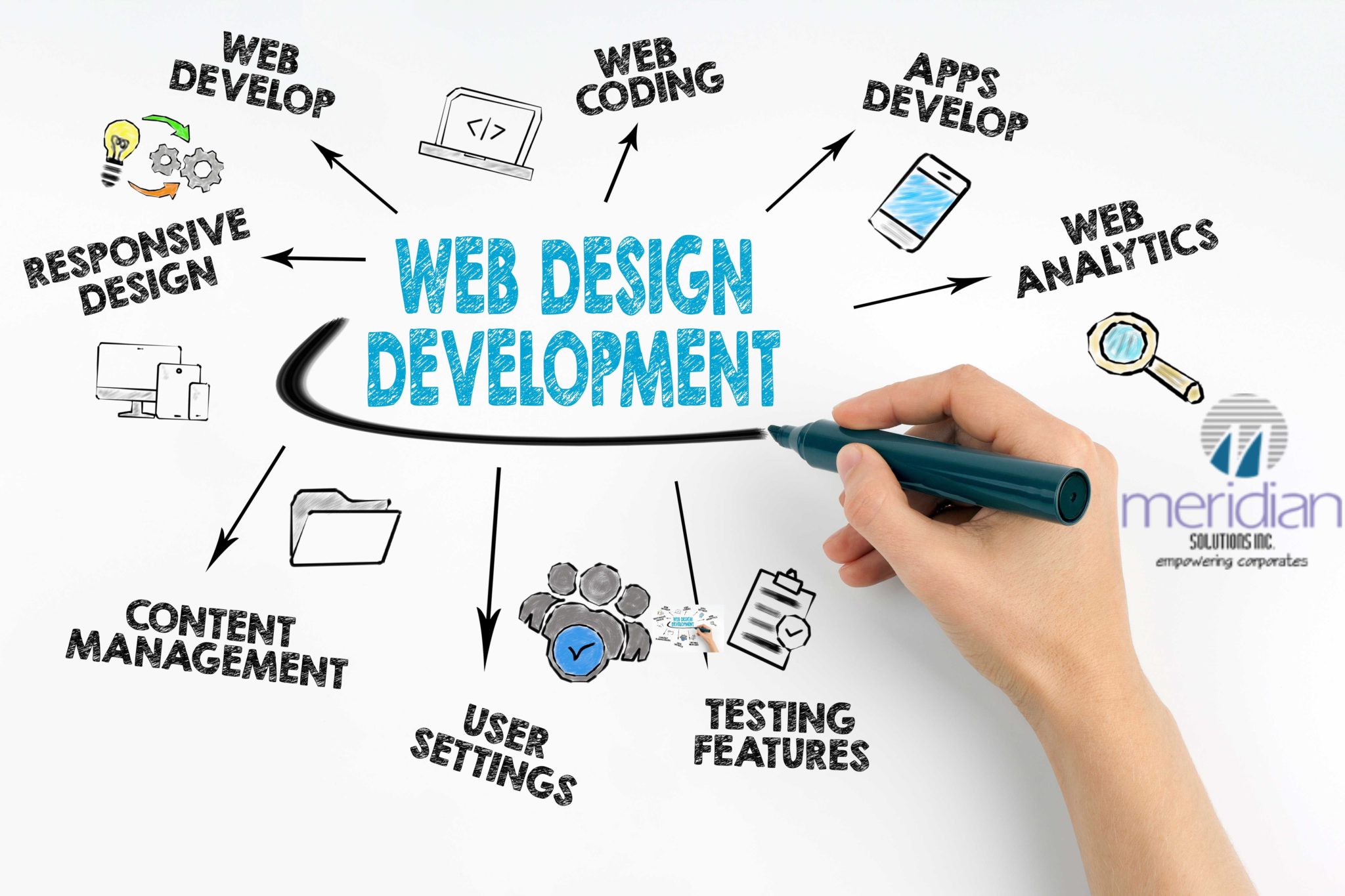The digital world continues to evolve at breakneck speed as we edge closer to 2024. Having been a part of this world, specifically its web design portion, I have had a front-row seat to the constant ebb and flow of trends.
With that in mind, I’m here to share my insights on some game changers I expect to see redefining the industry in the coming year. From immersive interactions to AI-driven designs, I see these trends shaping brand stories and experiences in new ways rather than being simply aesthetic tweaks.

1. Deeply Immersive 3D Elements
For the longest time, 3D elements were mere gimmicks, but those days are gone. In 2024, expect to see immersive 3D designs that are more than just visually stunning. This first trend on the list is about creating an engaging environment that pulls users into a website, making their visit a memorable experience.
Whether we’re talking product showcases or interactive storytelling pieces, these elements will allow users to feel like they are part of the narrative, whatever that narrative may be.
2. AI-Powered Personalization
If there has ever been a Year of AI, it was 2023. Artificial intelligence has seeped into every pore of our society, becoming a 100% mainstream phenomenon with companies like Open AI and Google producing one breakthrough development after another.
In 2024, I see AI becoming a critical component of web design, primarily by driving personalization to new heights and offering tailor-made experiences based on user behavior and preferences.
In its current stage of development, AI can do much more in terms of personalization than recommend products based on previous purchases — which is what most people think of when they hear the word “personalization” in marketing.
I am talking about altering the layout of a website, its content, and even its color scheme in real-time to resonate with each visitor. Truly next-gen stuff.
3. Accessibility and Sustainability
At this point, it’s fair to say that sustainability is more of a necessity than a trend, and I think web design will continue to reflect this reality in 2024 and beyond. This means designers will strive to create websites that are not only visually appealing but environmentally conscious.
“What does that mean?” I hear you asking.
Well, expect to see more sites using eco-friendly hosting solutions optimized for low energy consumption, for example. Also, we should see websites turning to more accessible navigation options so as to include persons of all abilities.

4. Virtual Reality (VR) and Augmented Reality (AR) Integration
VR and AR tech are becoming more mainstream each year, and along with gaming, web design is on the frontline of this revolution. I, for one, look forward to seeing websites leverage these technologies to offer truly immersive experiences in 2024.
Whether it’s virtual product try-ons or augmented reality tours, these integrations will begin to redefine the way users interact with the online environment, offering a glimpse into the future where digital reality blends seamlessly with the physical one.
5. Experimental Typography
Typography could take center stage in 2024. Fonts have the potential to become a dynamic, interactive element of more websites, with bold, experimental choices breaking free from the norm, interacting with users, and adding a new layer of engagement to web content.
Creating an emotional impact is a big part of web design, and pushing boundaries with typography might be just the ticket.
6. Micro-interactions and Animated Feedback
With both the processing power of all web-faring devices and the global internet speed steadily increasing, the focus will no longer be on making websites as light and quick as possible. Instead, small, animated responses to user actions should become more prevalent and intricate in 2024 and beyond.
These subtle animations can add a layer of sophistication and interactivity, making each visit and each interaction more satisfying for the user. Think buttons that morph when clicked and forms that animate as they’re filled out — small changes that compound to improve the overall experience.
7. Dark Mode and Color Psychology
Dark mode is far from a novel invention, but I see it becoming more than just a color scheme option in 2024. A top-notch web design company will know that it could try to utilize color psychology to enhance user experience.
So, websites will use dark mode and different palettes to create different moods and atmospheres. The use of color will, therefore, extend beyond aesthetics, focusing on affecting user behavior and emotion one way or the other.
8. Voice-Enabled Interfaces
Another thing that has been around for a while in our daily lives is voice search through assistants like Alexa and Siri, but web design has somewhat struggled to catch up with the growing trend. I expect this to start changing in 2024, with websites becoming more interactive and responsive to voice input.
This is another way in which a trend we mentioned earlier — accessibility — could manifest itself. Voice-enabled interfaces will help create an inclusive environment where everyone can navigate the web effortlessly.

9. Storytelling Through Scrolling
Finally, a trend I see becoming huge in the years to come is storytelling through scrolling. This is all about using a simple act that so many of us are hooked on — scrolling — to tell a story or convey a message.
Think of parallax effects, animations that trigger as you scroll, and narratives that unfold with each dopamine-infused swipe. Engaging the user in a narrative journey in this way will make the act of visiting a website an experience in itself.
Wrapping Up
As we look to the future and embrace these potentially game-changing trends, it’s important to remember that the core of web design still remains the same.
We’re still trying to create user-centric experiences that are both functional and delightful. This fundamental principle is not going anywhere anytime soon.
The trends described above will offer web designers and businesses exciting opportunities to stay ahead of the curve in 2024, embracing innovation and creating visually stunning and deeply resonant digital experiences.
Also, Read The Following: managed Azure services.


